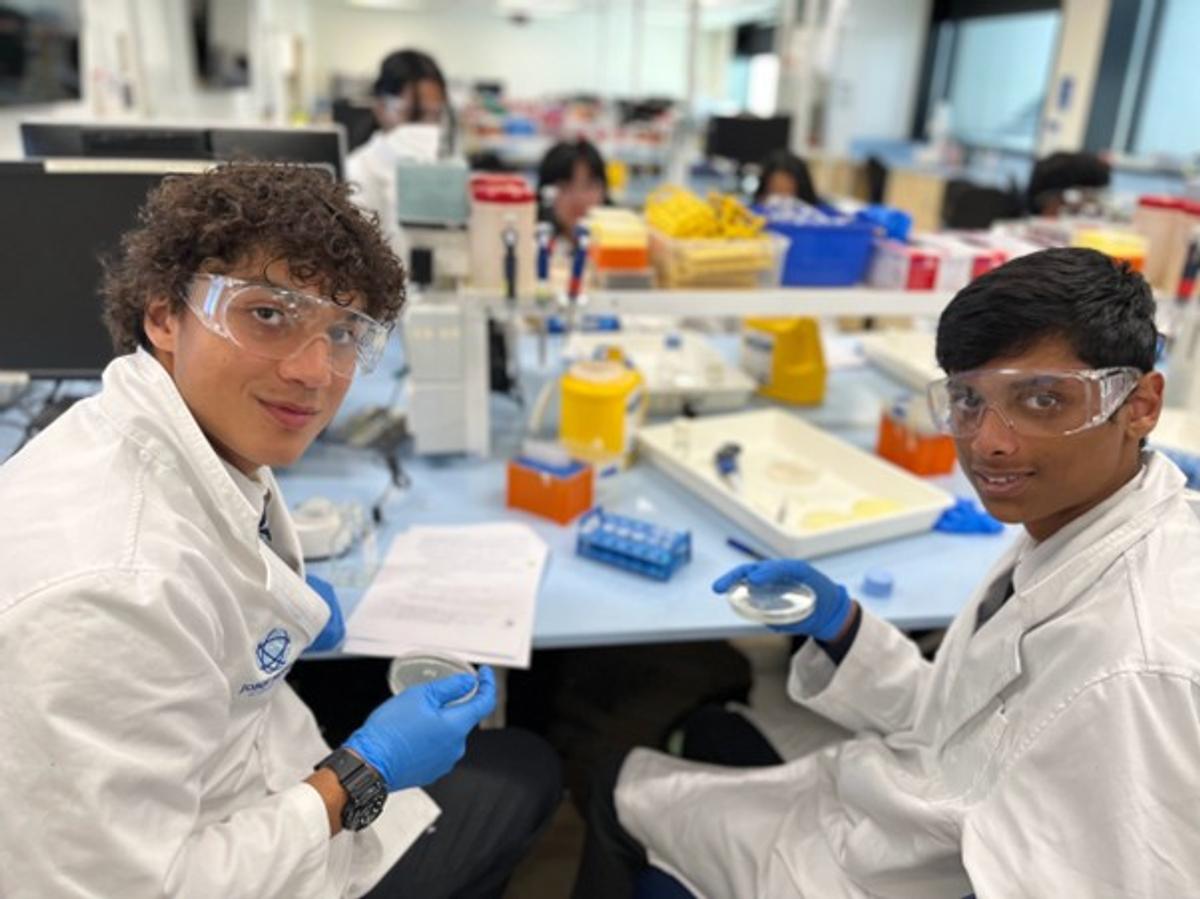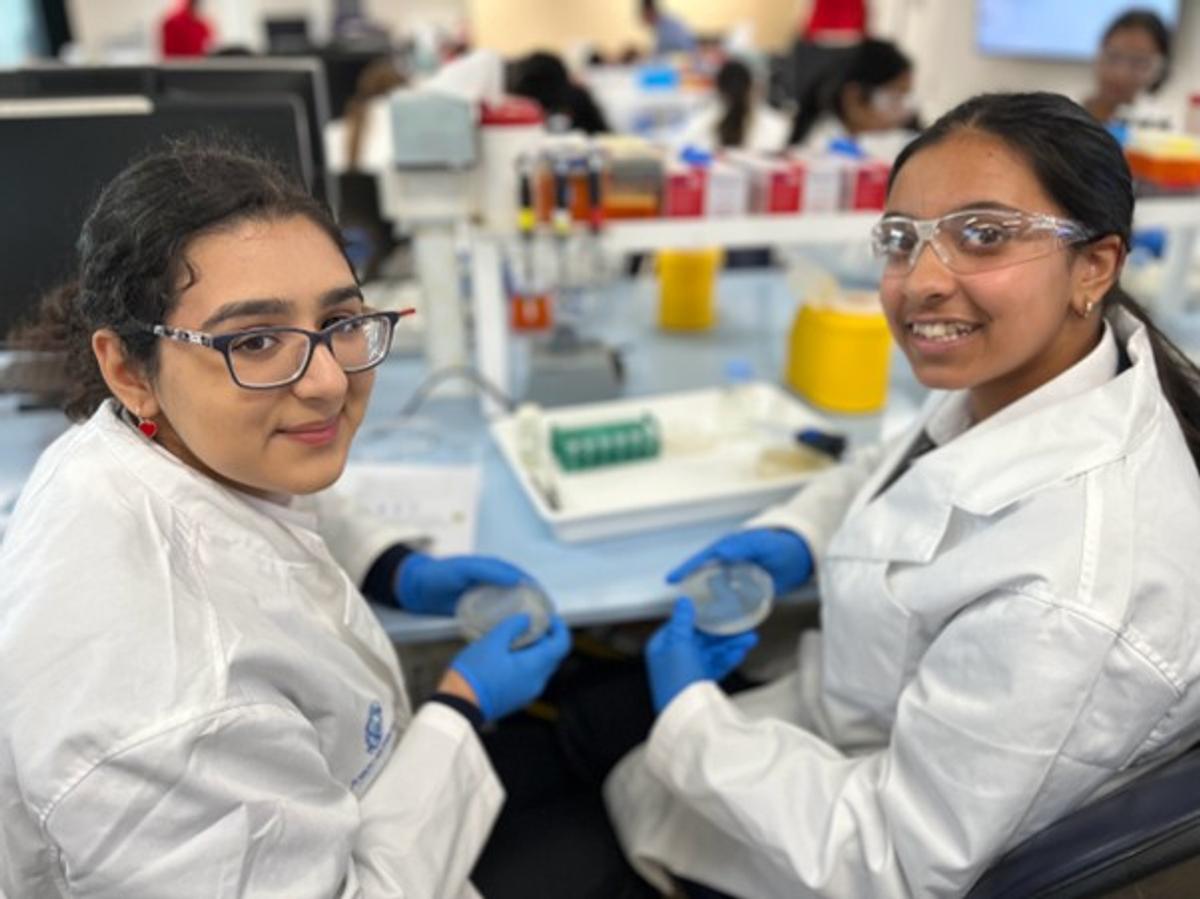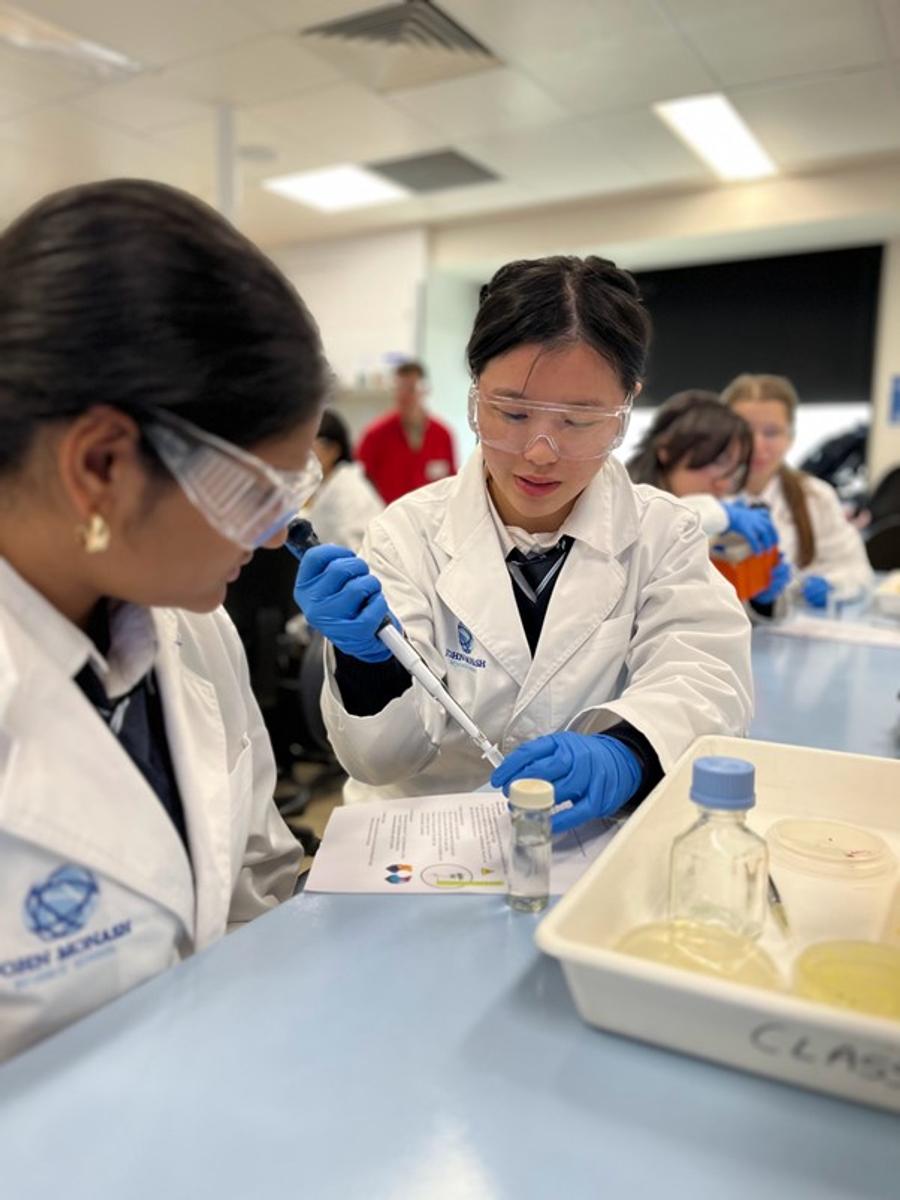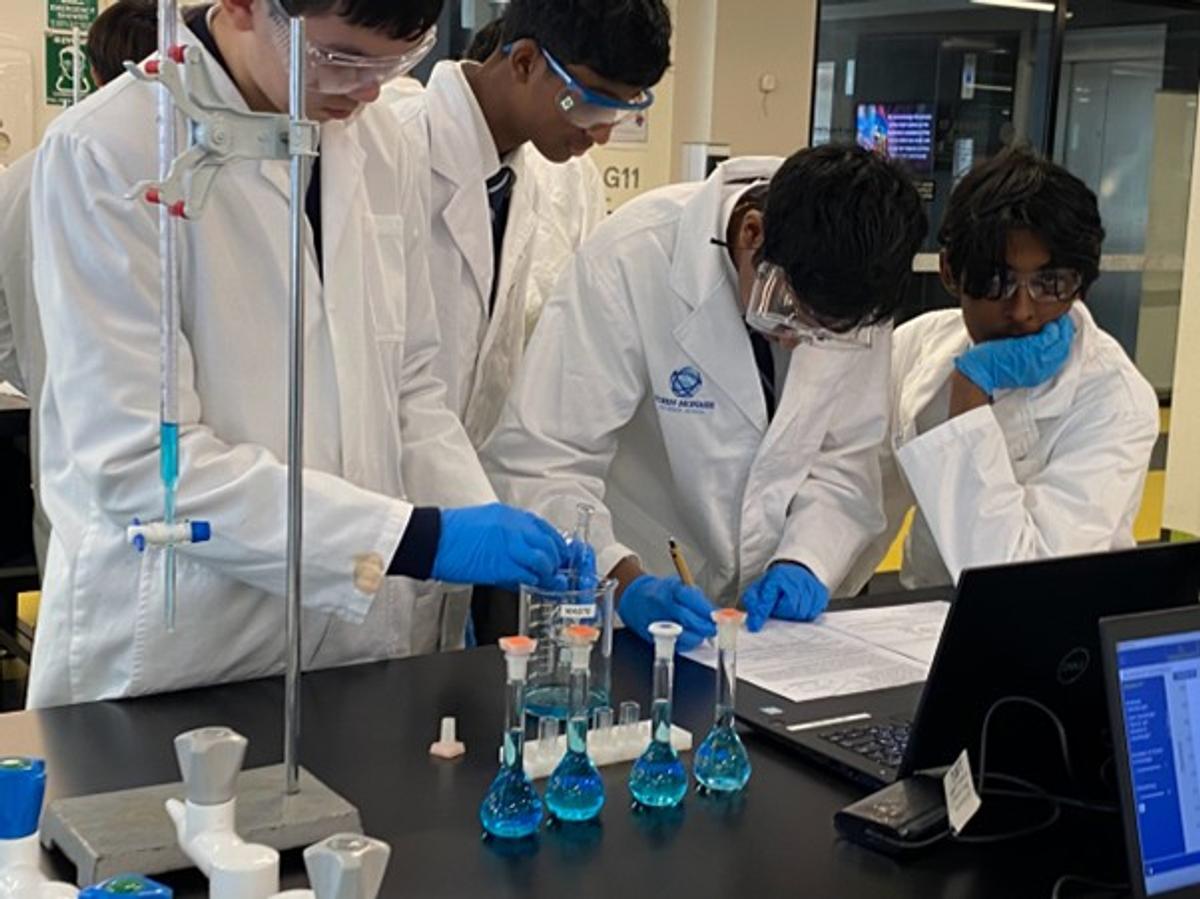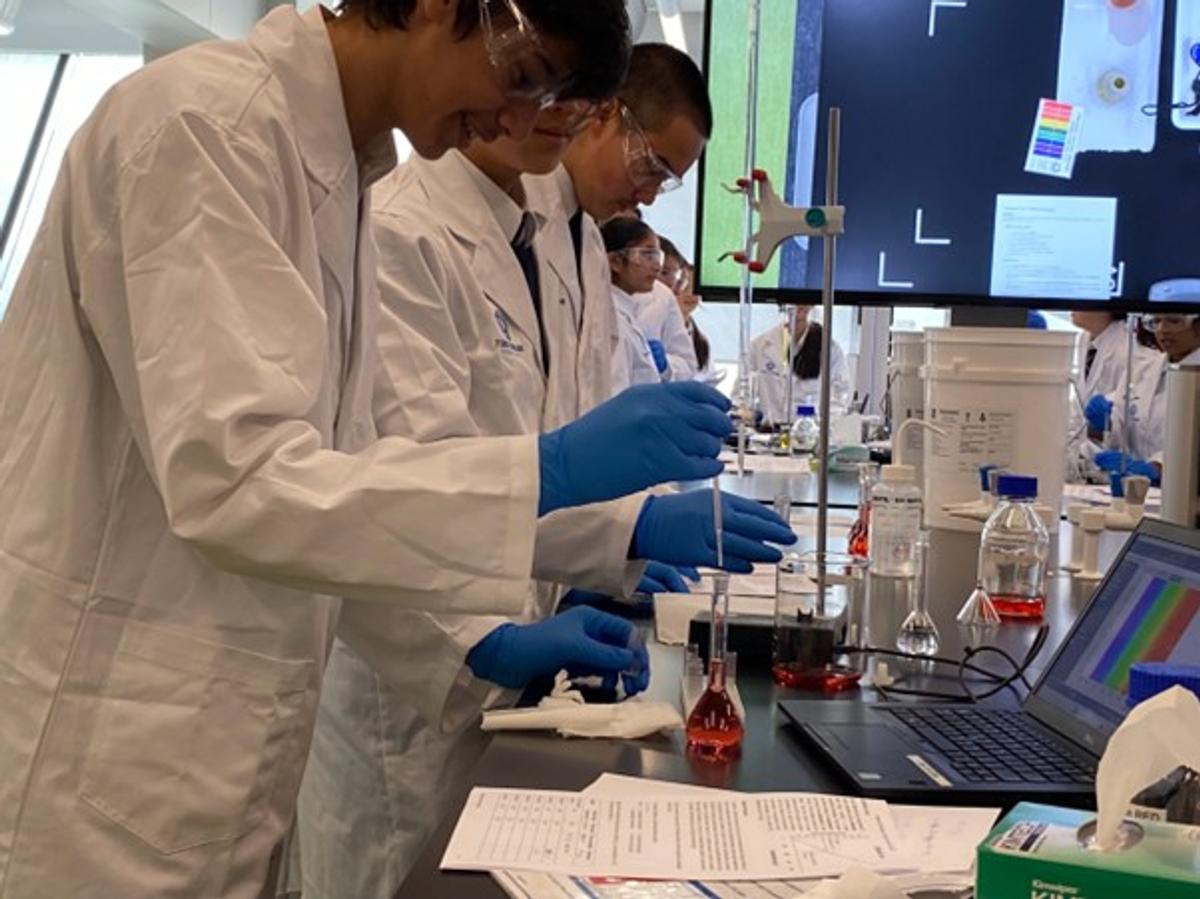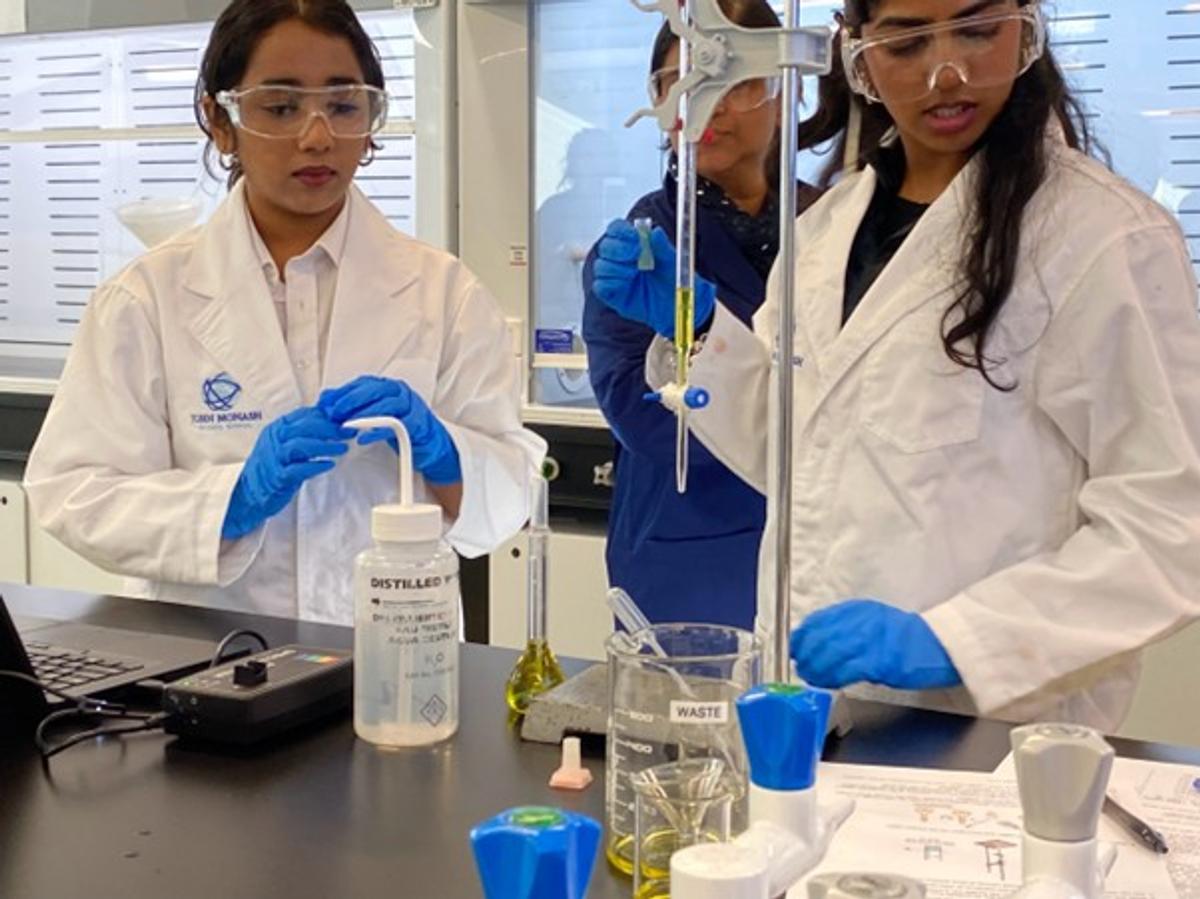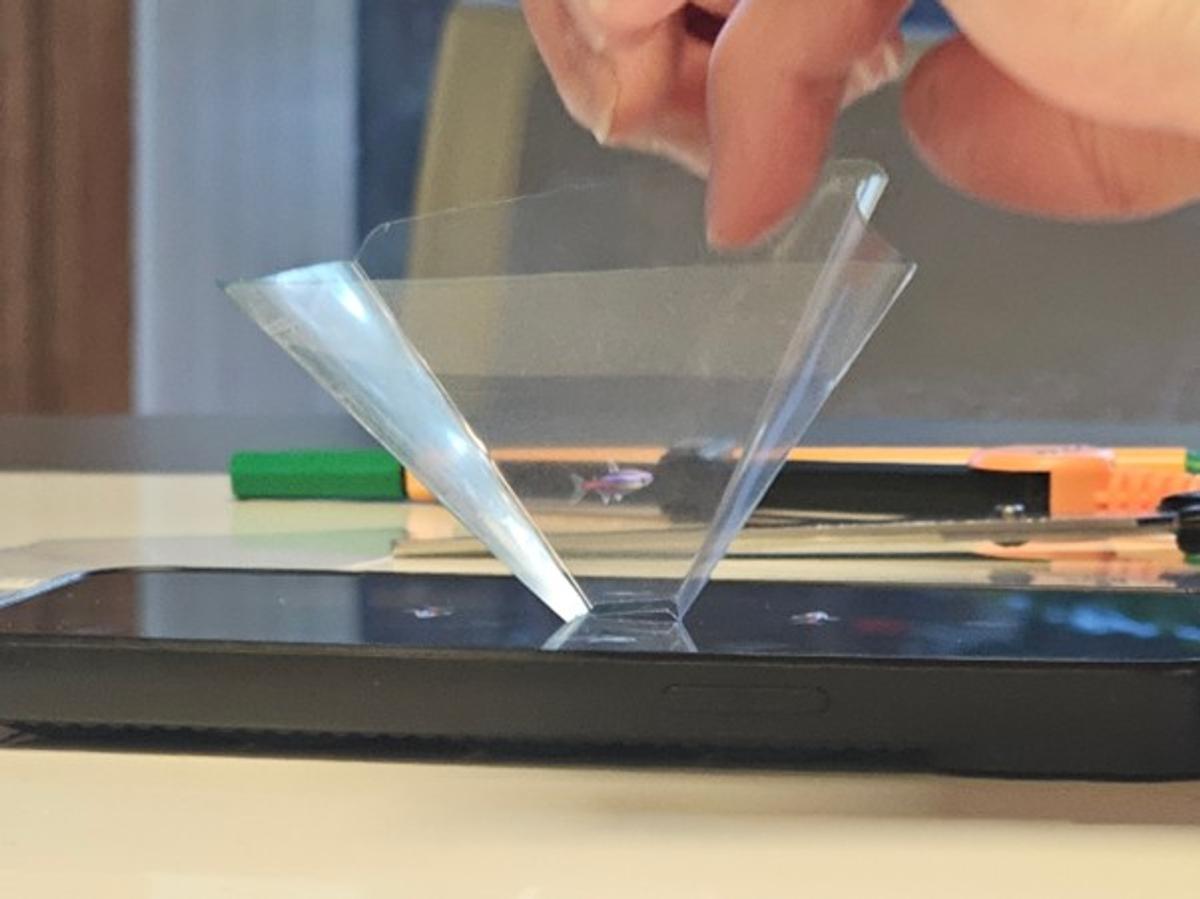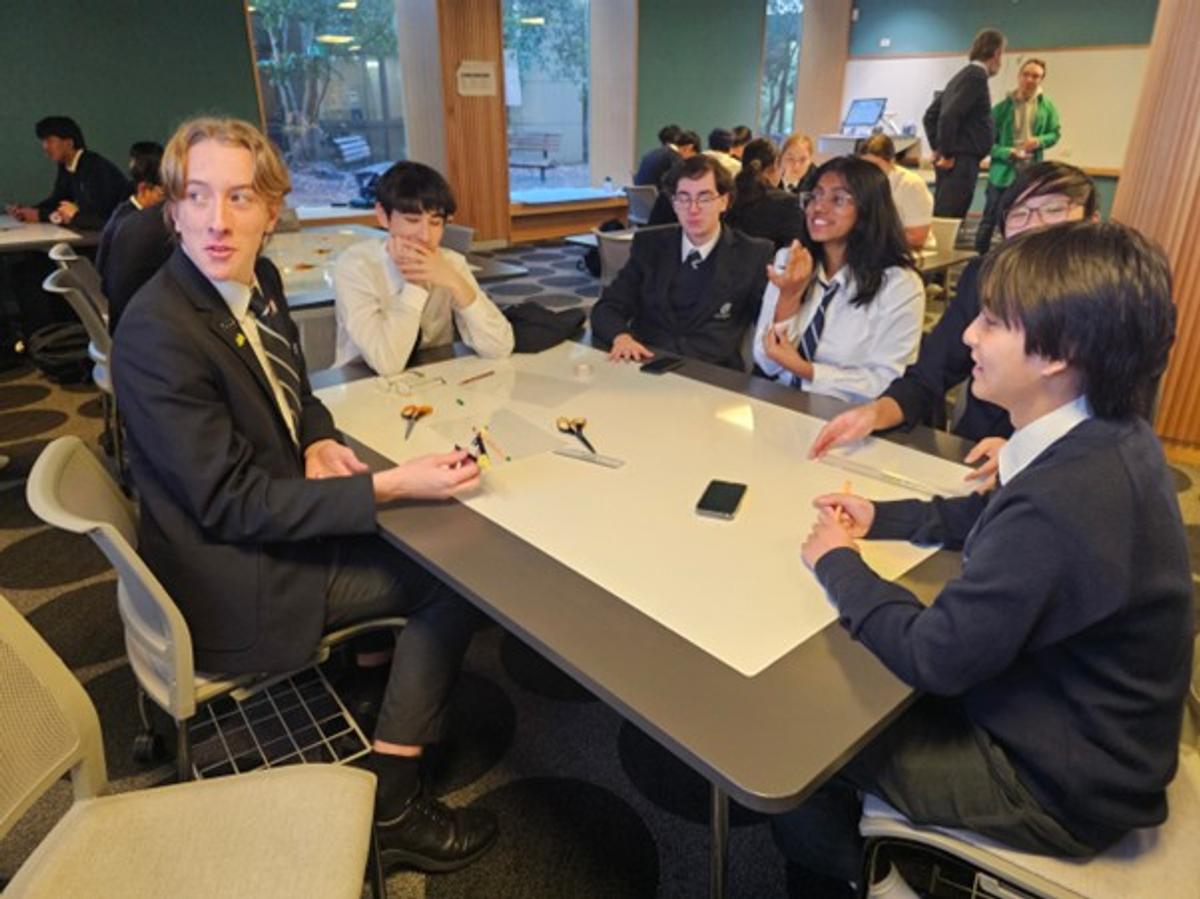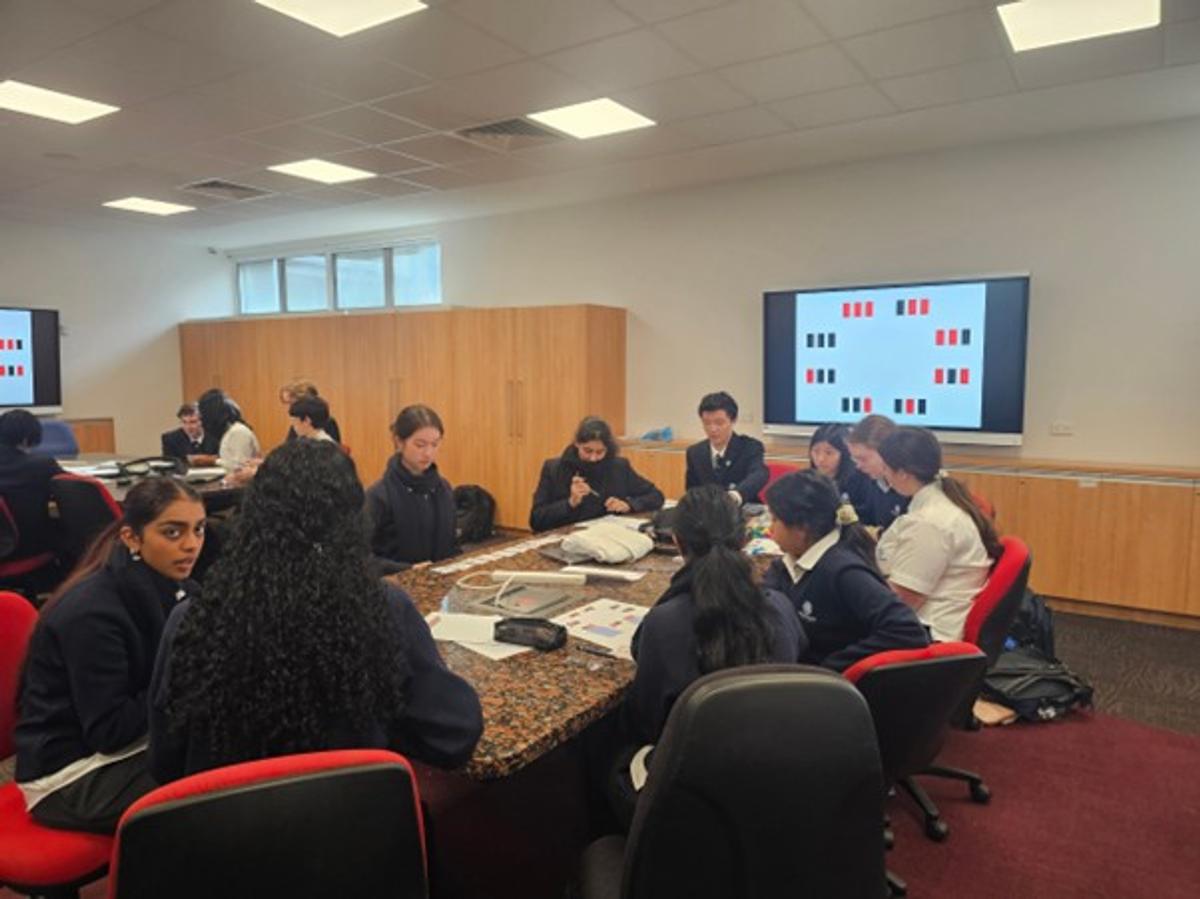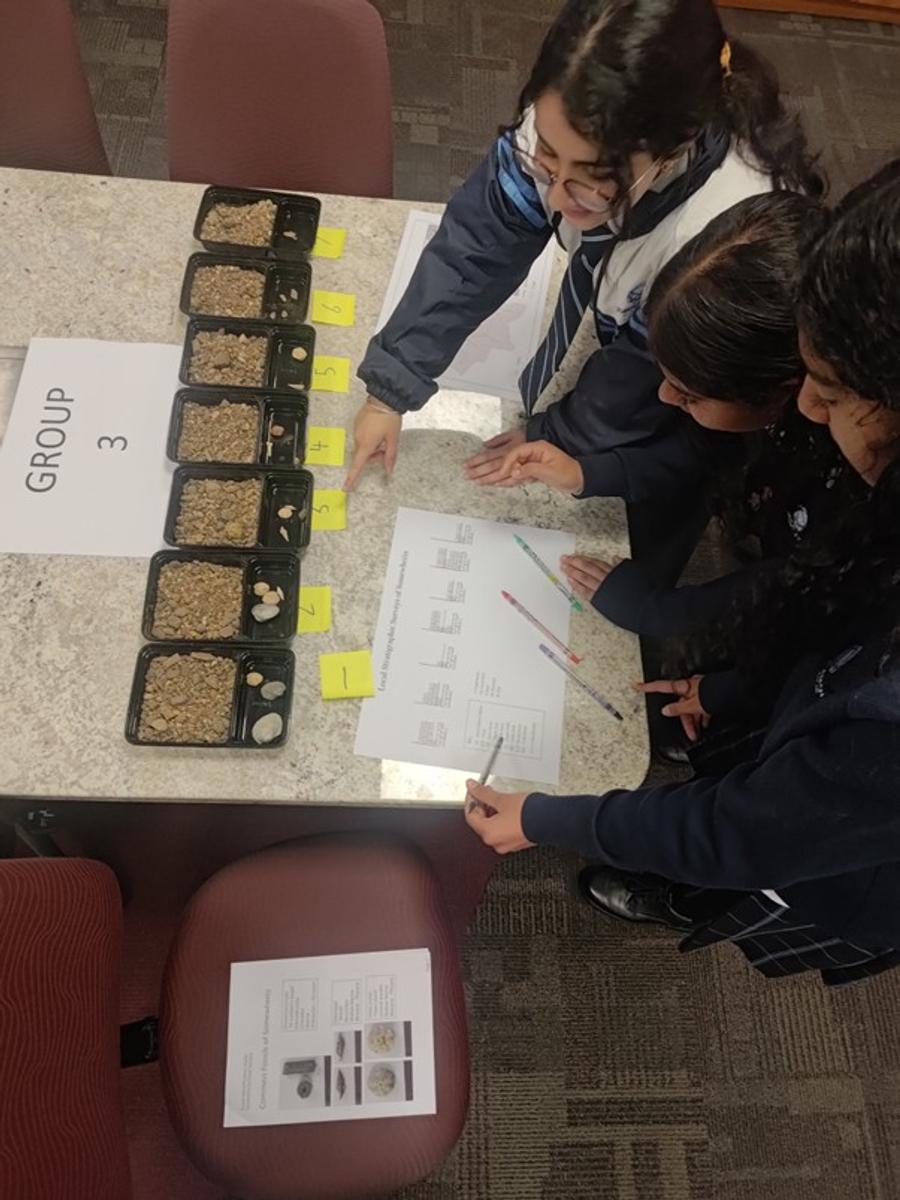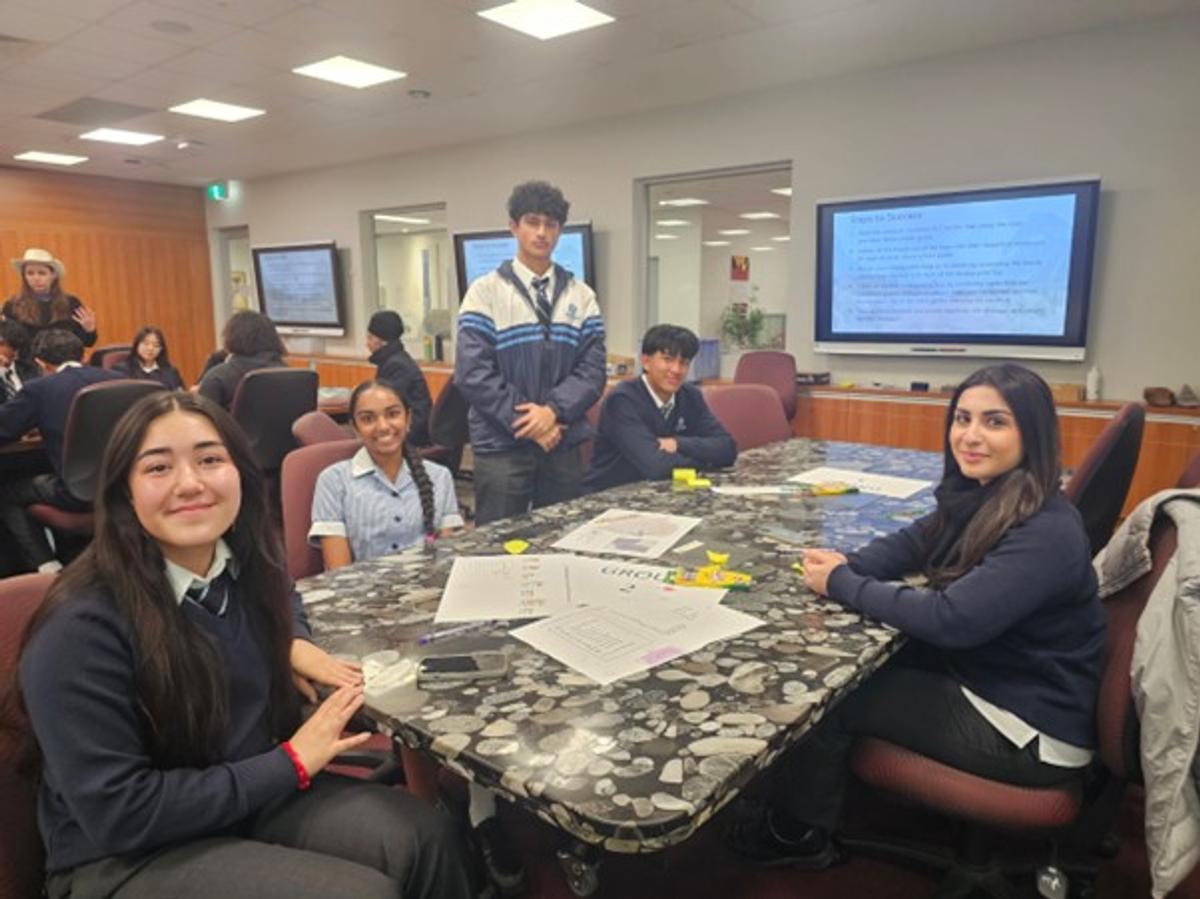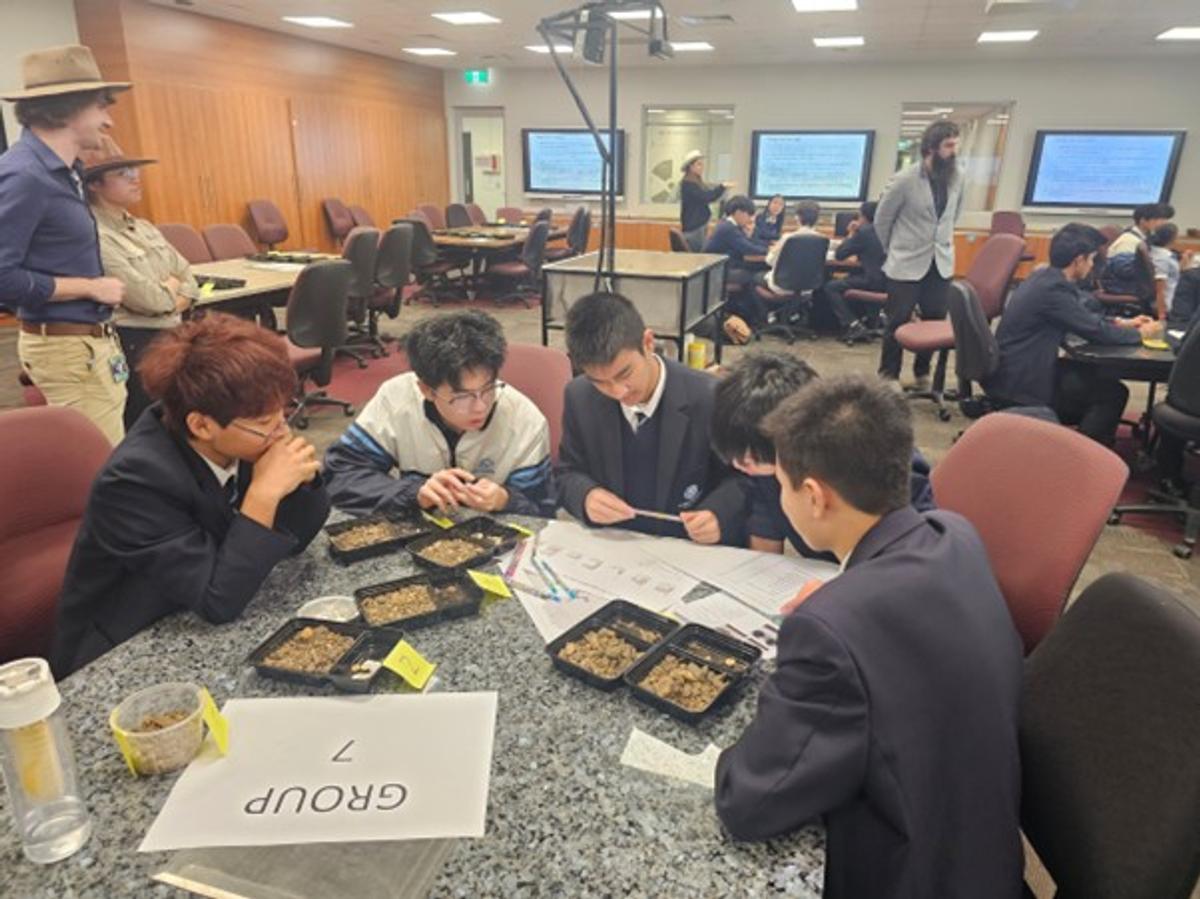Science Immersion Day
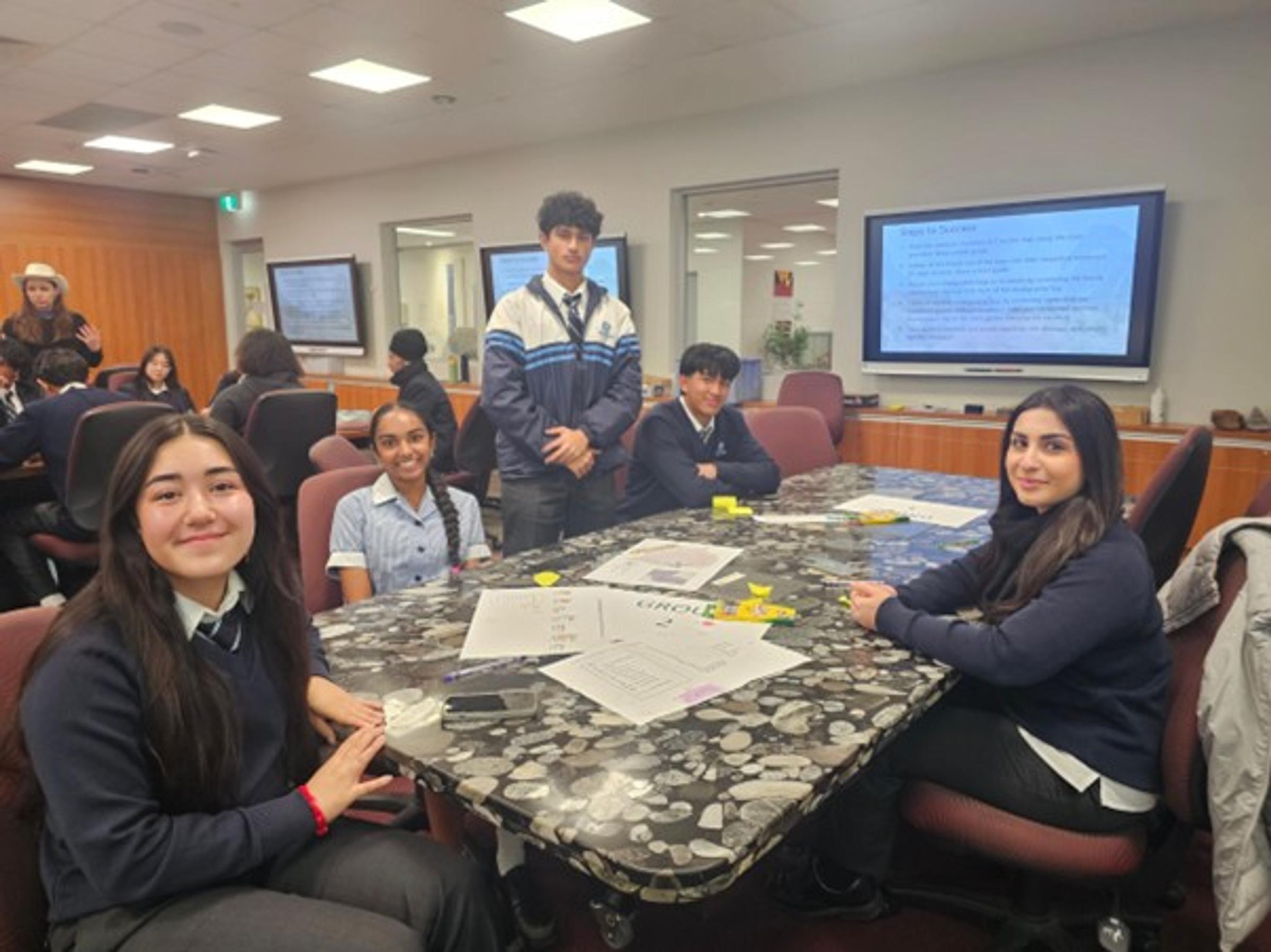
Science Immersion Day - Tuesday 17th June
Year 10 students celebrated the end of exam week with a Science Immersion Day at Monash University. Five groups rotated through activities in Physics and Astronomy, Earth, Atmosphere & Environmental Science, Biology, Chemistry and Mathematics. They enjoyed lunch at the Campus Centre and spent a fantastic day exploring the different faculties of Monash.
This day has been an annual event for many years and is just one of the many opportunities our students have to interact with our colleagues at Monash University. We are very grateful to our University Liaison Dr James Driscoll, and the many representatives from the different Schools of Science, Biology, Chemistry, Physics, Earth, Atmosphere & Environment, as well as the School of Mathematics, for their support. This year was particularly special as two of the presenters are JMSS Alumni.
We are anticipating another day of captivating, hands-on science immersion on the first Thursday of term 3, when all Year 10 students will be the guests of the Monash School of Biomedical Science.
Biology Workshop
In this workshop, “From Soil to Solution: Harnessing Root Microbiomes”, students investigated how different bacterial strains affect canola seedlings by measuring plant growth and looking for signs of colonisation, such as fluorescence or pigmentation. They then isolated the bacteria from the roots and used serial dilutions to estimate the bacterial abundance in order to determine whether the microbes were beneficial or harmful. Students learned how microbiologists study the invisible world of microbes and explore how beneficial microbes can be used as biofertilizers, reducing the need for synthetic chemicals in agriculture. They used microscopes, agar plates, micropipettes and a range of other microbiological tools to explore their samples.
Chemistry Workshop
In this workshop, students experimented with the ‘Rainbow Clock’. The reaction undergoes a number of colour changes, depending on the amount of one of the reacting chemicals and is a classic demonstration of reaction kinetics. The students also used a technique called UV-visible spectrophotometry to measure the colour of a solution and to work out how much of a dye is present in an unknown sample. This technique has its basis in forensic and analytical chemistry.
Physics and Astronomy workshop
In this workshop, students created a hologram using transparent paper and explored how images are filtered, distorted and contrasted to find hidden messages. These techniques can also be used to improve noisy images and explore different phases that are used in X-ray imaging. Finally, they explored how spectroscopy and imaging are used to identify exoplanets and other astronomical features. The range of subjects covered demonstrated the ability for physics tools and concepts to be used widely in science.
Video: link here
Mathematics and Statistics Workshop
Students explored a range of games and problems and were given different information in order to see if their prior learning influenced their game play. How casinos use this to refine their gaming strategies and how these types of statistics are used in other areas of everyday life was a focus of this workshop. Students found the concepts challenging and engaging in equal measure. They definitely learned how to avoid those probability traps.
Video: link here
Environmental Science Workshop
At the School of Earth, Atmosphere, and Environment, students learned how to view the world around them from a satellite to a hand lens field of view. They explored the shape Earth has taken over time, how current observations provide valuable insights about the Earth's past and how this information can be used to find dinosaurs. Problem solving, fossil identification, stratigraphic logging and information synthesis were the skills practised in this engaging and enlightening workshop.
~ Dr Penelope Hale

